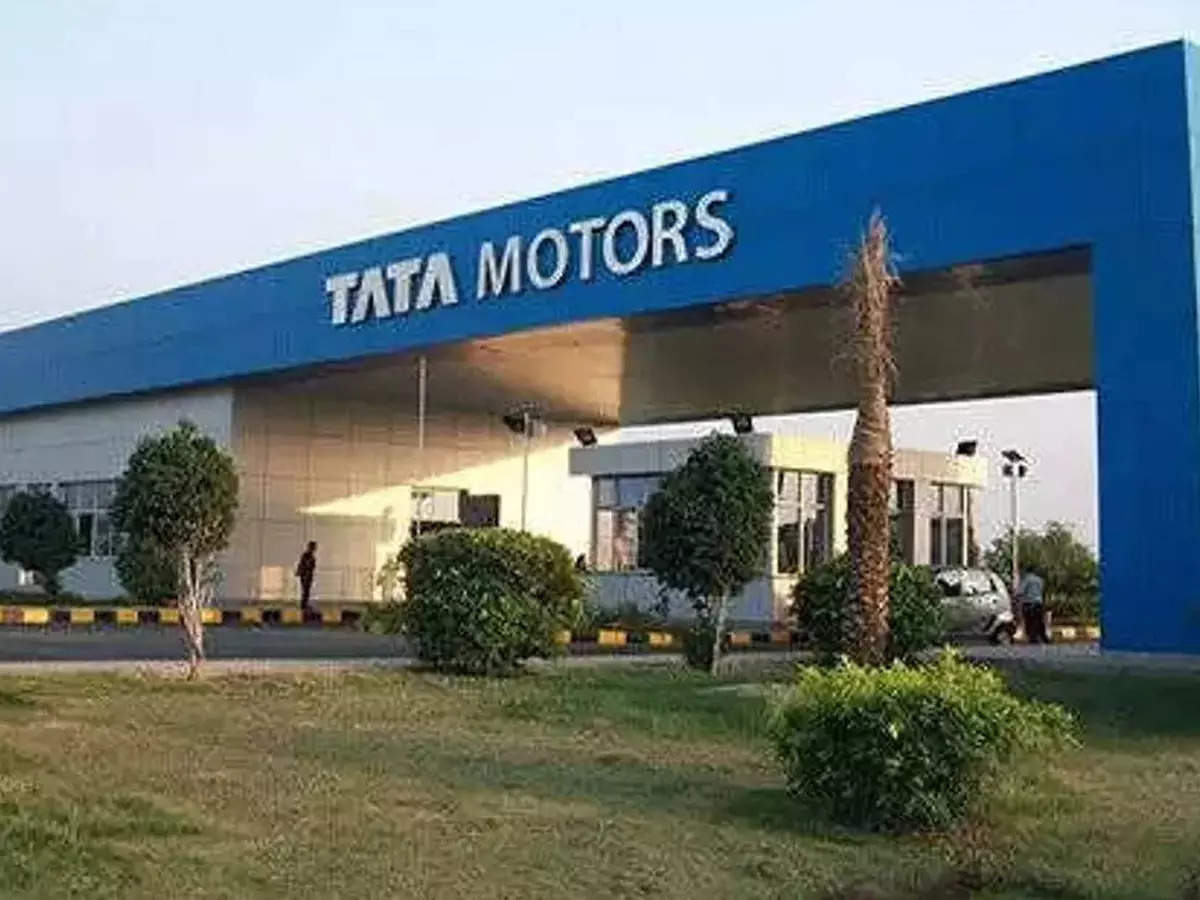
Tata Motors is committed to migrate its facilities to become net zero in greenhouse gas emissions by 2045 and is working on multiple technologies to achieve this including electric and hydrogen fuel technology, its Executive Director Girish Wagh said. The USD 37 billion organisation which is the country’s leading player in the commercial vehicle segment will continue to invest annually over INR 2,000 crore in the commercial vehicle business, the official said.
“As a part of sustainable transition which is an irreversible megatrend, Tata Motors is committed to become net zero in greenhouse gas emissions by 2045. As a part of that, we have to work towards zero-emission vehicle technologies for our entire portfolio as also ensuring that our facilities emit no Co2 or they become net zero co2 emission…we are working on multiple vehicle technologies,” Wagh told PTI in an interview here.
“Today if you see we have five plants at five locations where we have commercial vehicle plants …in two locations we have passenger vehicle plants. As I said most of the facilities will have to be eventually zero-emission technologies so gradually each of these facilities will start migrating….we have committed to net zero greenhouse gas emission by 2045 so by then you will see our entire facilities being migrated,” Wagh said.
He said technologies include battery electric, hydrogen in fuel which can be used in two technologies whether it is internal combustion engine or fuel cell electric.
“As a part of this, we are actually working on all these technologies on our products and we signed a memorandum of understanding (MoU) with the government of Jharkhand to put up a manufacturing facility for all these technologies. Our first priority here is going to be hydrogen internal combustion engine, but post that we will also come up with battery electric or fuel cell electric as the technology roadmap takes us,” Wagh elaborated.
TCPL Green Energy Solutions plans on Friday inked a pact with Jharkhand government to set up a manufacturing facility in the state wherein it will invest over INR 350 crore over the next few years to produce fuel-agnostic powertrain solutions including hydrogen Internal Combustion engine (ICE), battery and fuel cell electric vehicle systems as well as fuel delivery systems.
TCPL GES is a wholly-owned subsidiary of Tata Cummins Pvt Ltd. TCPL is a 50:50 joint venture between Tata Motors and the global power technology major, Cummins Inc.
Wagh said as far as Tata Motor’s heavy commercial vehicle business is concerned more than 80% of the vehicles get manufactured in Jharkhand at the Jamshedpur plant and there is Tata Cummins Joint venture plant which produces engines for this plant here also.
“You can imagine the bulk of our heavy commercial vehicles and engine production happens in the state of Jharkhand. As we move ahead gradually the penetration of zero-emission vehicles will go on increasing and as a first step we are enabling the Jamshedpur facility to make these technologies as we are able to increase the penetration by working even in the ecosystem development …We are looking forward to good penetration of these zero-emission technologies and will ensure that the plant is fully enabled to meet all these requirements,” he said.
He said in terms of numbers there will be an investment of more than INR 350 crore in hydrogen facility in Jharkhand in the first phase which will be towards enabling the plant for manufacturing the hydrogen internal combustion engines wherein the capacity will be around 10,000 per annum.
“As the ecosystem matures in the country and the penetration of zero emission technologies increase we are fully geared up to meet all those requirements and eventually of course the entire facility will migrate to zero emission technology,” he said.
On the project timeline, he said: “We are working on a very tight timeline and we would see the first engine to roll out during the next calendar year.”
About employment opportunities, he said: “If we employ one in original equipment manufacturer because of its extensive value chain the employment generated in the entire supply chain is almost 10 times. Initially, we will generate the employment of 350 numbers in our engine manufacturing plant but you can imagine the kind of impact multiplier effect it will have on the supply chain for additional employment generation.”
“We have a more than 100-year history and rich association with the state of Jharkhand. ..This (project) will create several employment opportunities… Our initiative will be to make Jharkhand the hub for green and next-gen technologies. It will become one of the first states in India to open its door for manufacturing of advanced, technology solutions and contribute to reducing the nation’s carbon footprint,” Wagh said.
Wagh said the project is also an endorsement of the company’s confidence and commitment to make the ‘Make in India’ initiative a national priority.
On capex, he said generally in the commercial vehicle business the company’s annual capex has been in the area of over Rs 2,000 crore and it will continue to be in the same range in the next fiscal.
Tata Motors had reported a consolidated net profit of INR 3,300.65 crore in the first quarter that ended June 30 while consolidated revenue from operations stood at INR 1,01,528.49 crore.
Part of the USD 128 billion Tata group founded by Jamsetji Tata in 1868, Tata Motors is among the world’s leading manufacturers of automobiles.

